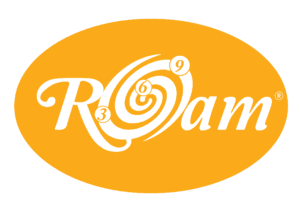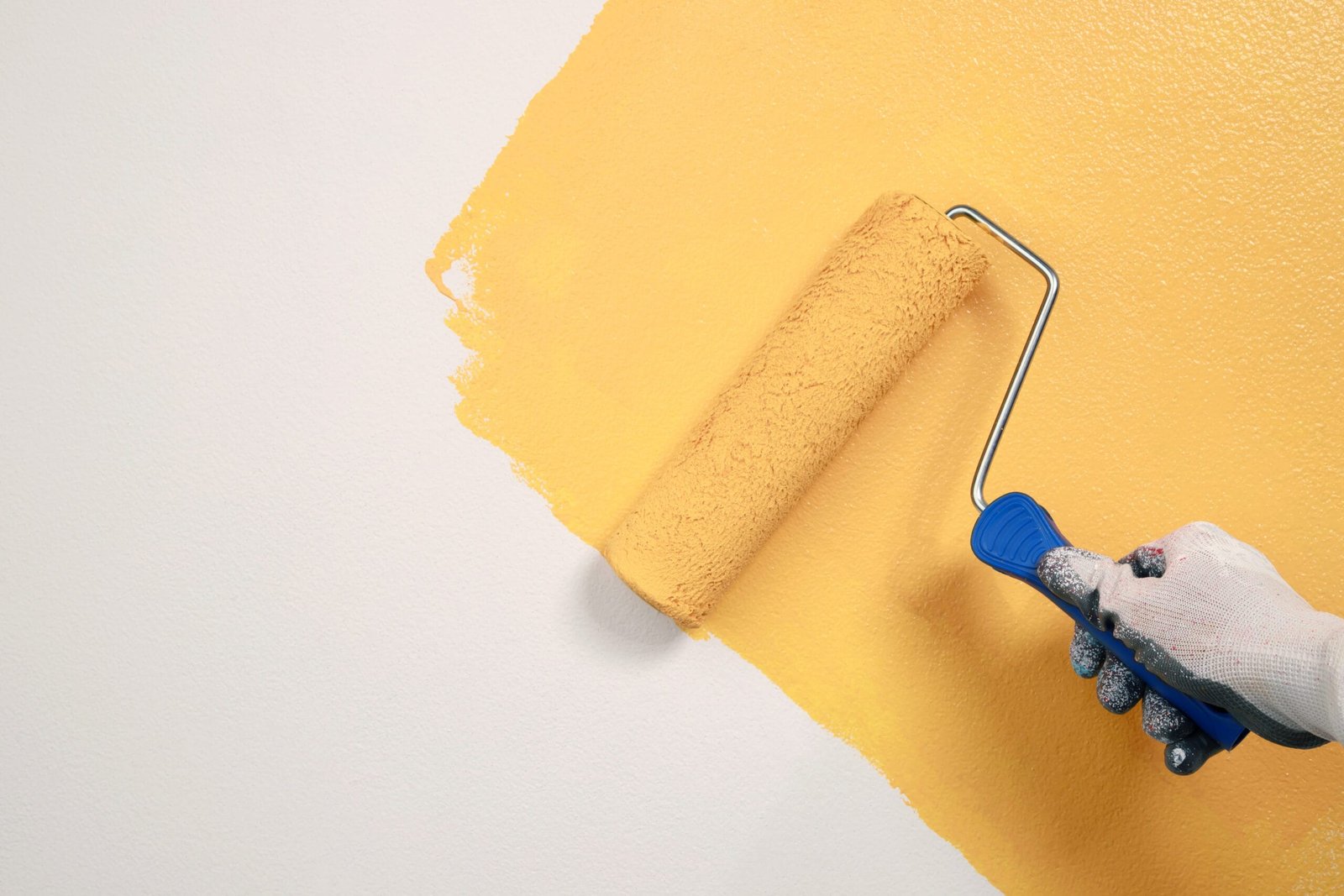Roampaint Focus
The paint manufacturing industry, a vibrant sector that adds color and protection to our world, is far from a smooth landscape. It’s a dynamic arena constantly grappling with a multitude of challenges, and at Mithila Paints, as we innovate and expand, particularly with our advanced Roampaint system, we are acutely aware of these complexities. This blog post delves into some of the significant hurdles faced by paint manufacturers, especially when introducing and scaling specialized product lines like Roampaint, within the context of the Indian market, including our home in Pune, Maharashtra.

1. Raw Material Price Volatility and Sourcing Security:
A primary and persistent challenge lies in the fluctuating prices of raw materials, which form a significant portion of the production cost. Key ingredients such as titanium dioxide (a crucial pigment), various resins, solvents, and specialized additives – essential for the unique formulations of Roampaint, designed for enhanced durability, specific textures, or advanced protective qualities – are commodities often subject to unpredictable global market forces. Geopolitical events, shifts in crude oil prices, and unforeseen supply chain disruptions can trigger dramatic price swings. This inherent volatility makes cost management and consistent pricing a constant juggling act for manufacturers like Mithila Paints.
2. Stringent Environmental Regulations and the Drive for Sustainability:
The paint industry is under increasing and justifiable scrutiny regarding its environmental impact. Regulations concerning Volatile Organic Compounds (VOCs), hazardous waste disposal, water usage, and the overall carbon footprint are becoming progressively stricter both globally and within India. For Mithila Paints and our Roampaint system, this translates into a continuous and substantial investment in research and development. Our focus is on creating more eco-friendly formulations with significantly lower VOC emissions, exploring sustainable raw material alternatives (such as bio-based or recycled components), and implementing energy-efficient, waste-minimizing manufacturing processes.
3. Intense Competition and Price Sensitivity in a Diverse Market:
The Indian paint market, spanning bustling urban centers like Pune and vast rural landscapes, is characterized by its high competitiveness, with numerous local, national, and international players vying fiercely for market share. This fierce competition often leads to intense price wars, putting immense pressure on profit margins across the board. For a specialized and often premium product line like Roampaint, which offers advanced features and long-term benefits, effectively communicating its intrinsic value proposition beyond a mere price tag is absolutely crucial.
4. Rapid Technological Advancements and the Imperative for Continuous Innovation:
The paint industry is not immune to the rapid pace of technological change; in fact, it thrives on it. New formulations, novel application techniques, and optimized manufacturing processes are constantly emerging. This includes exploring cutting-edge fields like nanotechnology for enhanced paint properties (e.g., self-cleaning, anti-bacterial), developing smart coatings with advanced functionalities (e.g., temperature regulation, anti-corrosion), and continually optimizing our production processes for greater efficiency, consistency, and reduced environmental impact. Keeping pace with global innovation while simultaneously adapting it to the specific climate conditions, diverse surfaces, and evolving consumer needs of the Indian market is a perpetual and resource-intensive challenge.
5. Upholding Unwavering Quality Control and Batch Consistency:
Maintaining impeccable and consistent quality across large-scale production batches is absolutely paramount in the paint manufacturing industry. Even slight variations in raw material inputs, manufacturing parameters, or even storage conditions can lead to discernible inconsistencies in color matching, viscosity, drying time, hiding power, and overall product performance. For a specialized product like Roampaint, where precise performance characteristics (e.g., specific sheen, durability ratings, ease of application) are often key differentiators, rigorous quality control measures at every single stage of production are utterly critical.
6. Navigating Complex Supply Chain Management and Logistics:
Efficiently managing the entire supply chain, from the global sourcing of diverse raw materials to the meticulous production process, and finally, the timely delivery of finished Roampaint products to an extensive network of distributors, retailers, and end-users across a vast and geographically varied country like India, presents formidable logistical challenges. Factors such as high transportation costs, the need for climate-controlled warehousing, intricate inventory management, and ensuring just-in-time delivery, especially to remote regions or high-demand urban centers like Pune and the wider Maharashtra area, demand a highly robust, technologically advanced, and exceptionally well-coordinated supply chain network.
7. Cultivating Skilled Labor and Specialized Technical Expertise:
The intricate processes involved in modern paint manufacturing, particularly for advanced formulations like Roampaint, require a highly skilled workforce with specialized technical expertise spanning chemistry, chemical engineering, material science, and quality assurance. Finding, attracting, training, and crucially, retaining such qualified personnel, especially those with niche knowledge relevant to cutting-edge paint technologies, can be a significant human resources challenge.
8. Combating Counterfeit Products and Safeguarding Brand Integrity:
In a market as vast and price-sensitive as India’s, the unfortunate threat of counterfeit products is a persistent concern for established and reputable brands like Mithila Paints. Counterfeit paints, often of inferior quality and lacking safety standards, not only defraud consumers but also severely damage the genuine brand’s reputation, dilute market share, and erode trust.
9. Adapting to Evolving Consumer Preferences and Market Trends:
Consumer preferences in the paint industry are in a constant state of flux, driven by a myriad of factors including changing aesthetic sensibilities, demand for enhanced functionalities (e.g., anti-pollution, thermal insulation), growing environmental consciousness, and the desire for easier application methods or faster drying times.
10. Navigating Complex Regulatory Compliance and Permitting Landscapes:
The paint manufacturing industry operates within a dense web of various regulatory requirements, spanning everything from manufacturing licenses and environmental clearances to stringent safety standards for both workers and products, and meticulous product labeling guidelines.

Conclusion:
The journey of paint manufacturing, particularly for companies committed to pioneering innovative and specialized product lines like Mithila Paints with our state-of-the-art Roampaint system, is undeniably fraught with a complex and multifaceted set of challenges. From the relentless pressure of volatile raw material prices and the imperative to meet increasingly stringent environmental regulations, to navigating intense market competition, keeping pace with rapid technological advancements, and ensuring unwavering quality, the path to sustained success demands an extraordinary blend of resilience, strategic foresight, and unwavering adaptability.

